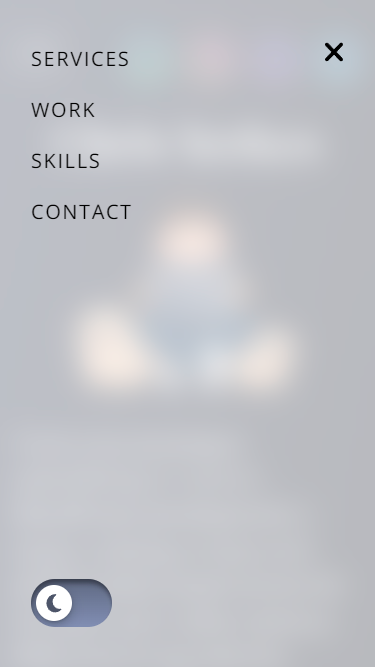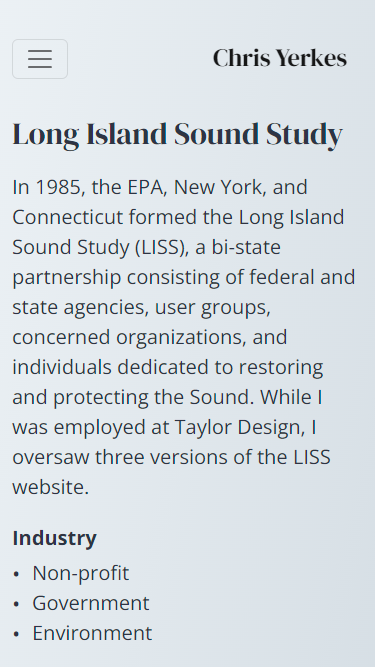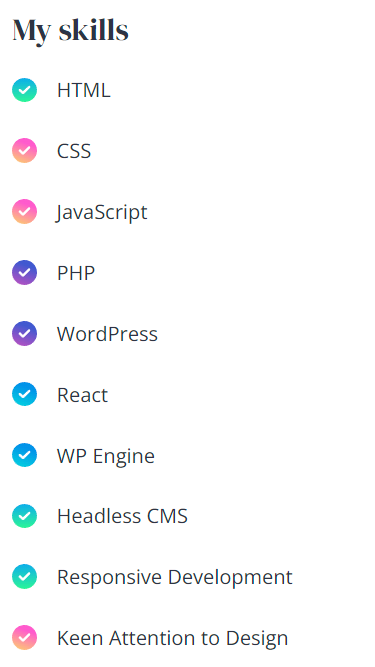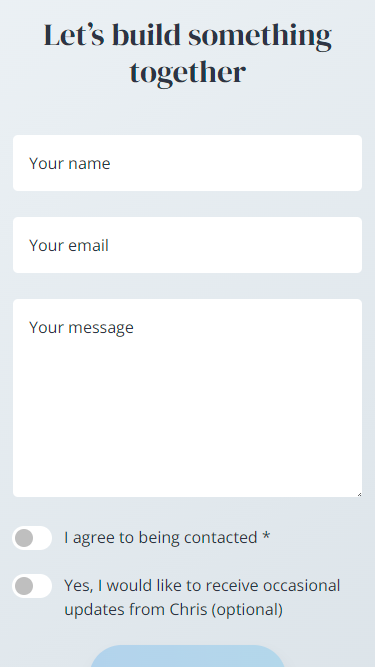Recently, there has been a lot of talk in the WordPress world on what is the next big thing for the platform? The answer I've been hearing is called "headless" WordPress. So what does "headless" mean? WP Engine describes it as, "...a “decoupled” architecture, where the frontend and backend are managed separately. Publishers still manage content in WordPress, but WordPress is no longer responsible for generating HTML pages. Instead, a separate JavaScript-based frontend application is responsible for generating and serving the HTML pages that are served to website visitors."
This requires a more traditional WordPress developer (me) who works with PHP files to rethink how they build websites. It was certainly a learning experience, but overall I'm glad I took the leap and built my website using a Javascript framework. Not only does it create a very native "app-like" experience, the page load performance is off the charts.





